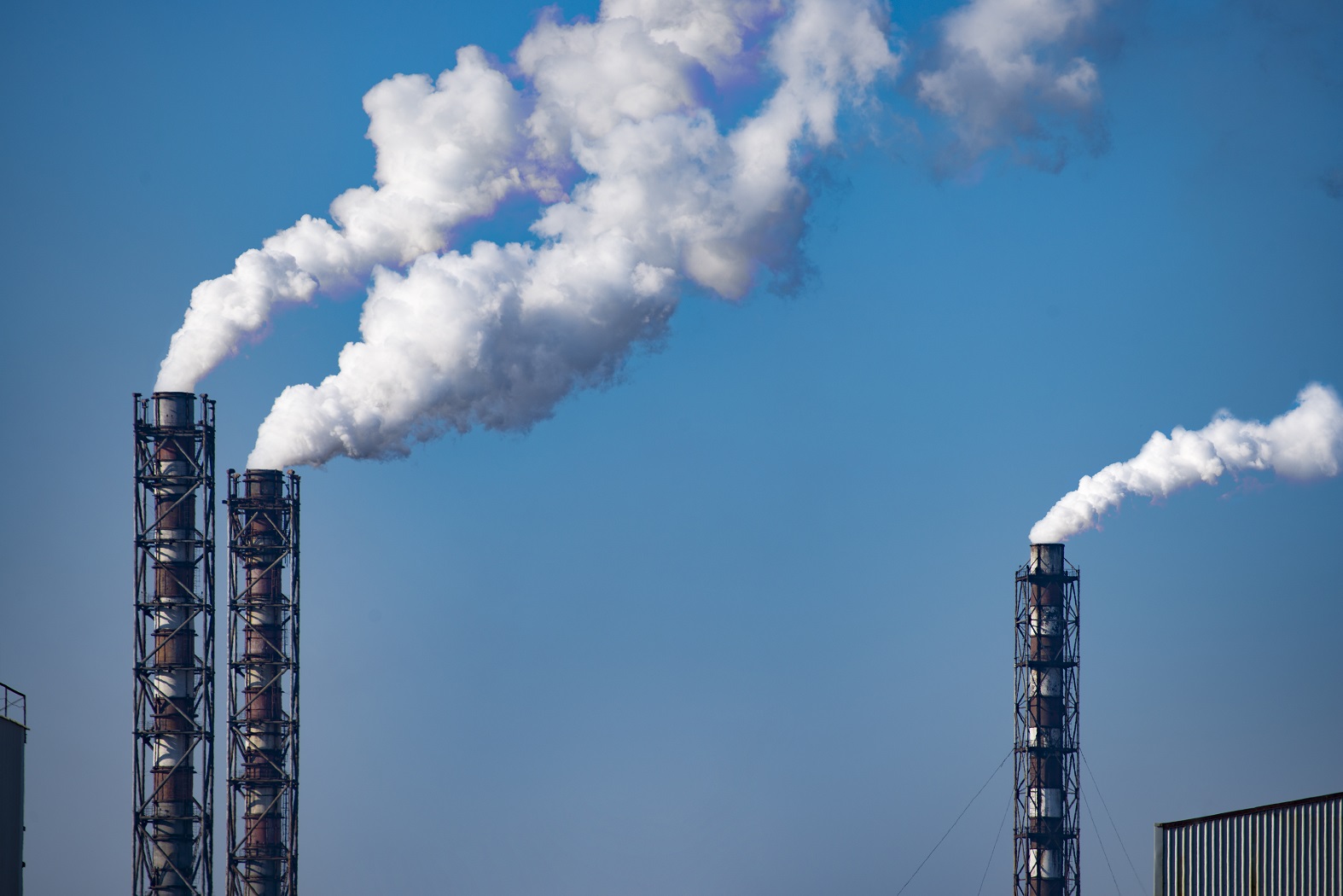Indonesia is preparing to introduce the Indonesia carbon tax in earnest by 2025, after initial plans were postponed. As one of Southeast Asia’s largest economies, this policy marks a pivotal step toward achieving national climate goals, improving emissions transparency, and unlocking new sustainable revenue streams. This article analyzes the recent progress around the Indonesia carbon tax, unpacking its regulatory foundations, sectoral coverage, economic impacts, and future implications for both industry and public finance.
Regulatory Foundation and Timeline for Indonesia Carbon Tax
The Indonesia carbon tax is rooted in the Harmonization of Tax Regulations Act (Law No. 7/2021), which empowers the government to impose levies on greenhouse gas emissions. Although initially slated for April 1, 2022, implementation has been delayed to 2025 due to economic readiness, institutional coordination, and preparedness of businesses. The initial phase will focus on thermal power plants, followed by other sectors like waste, forestry, industrial processes, and agriculture once monitoring, reporting, and verification (MRV) systems are fully operational.
Sectoral Coverage and Monitoring Infrastructure
At launch, the Indonesia carbon tax will target coal-fired power plants under the Ministry of Energy and Mineral Resources. The ministry has already issued Regulation No. 16/2022 to establish MRV procedures for calculating carbon values in electricity generation. Following this, additional sectors such as industrial emissions, forestry, and agricultural practices are expected to be included, contingent on institutional capacity and inter-ministerial coordination.
Carbon Trading and Tax Rate Mechanics
A key component is the newly launched Indonesia Carbon Exchange (IDX Carbon), managed by the Indonesia Stock Exchange since September 26, 2023. As of end-2024, it had traded emissions credits worth IDR 50 trillion, covering about 908,000 tons of CO₂ equivalents at an average of IDR 55,000 per kilogram. The Indonesia carbon tax will operate on a floating rate model, starting from a minimum of IDR 30,000 per kilogram CO₂e and adjusting in line with market prices on the carbon exchange.
Economic and Environmental Benefits of Indonesia Carbon Tax
Sustainable Financing for the State Budget
One primary rationale for introducing the Indonesia carbon tax is generating sustainable revenue to augment the state budget (APBN). Projections suggest that energy-sector taxation alone could yield approximately IDR 23 trillion in 2025. By expanding the tax to other greenhouse gas–intensive sectors, revenues could further grow, easing fiscal pressure and funding environmental initiatives.
Incentivizing Green Technology Investments
The Indonesia carbon tax creates a strong economic signal for businesses to reduce emissions or invest in low-carbon technologies. This aligns with global trends—countries like Japan, Singapore, and EU members have applied carbon pricing to drive environmental innovation. Singapore’s carbon tax, starting at S$5 per ton CO₂e in 2019, is scheduled to rise to S$45 by 2026. In Indonesia, MRV frameworks encourage industry transparency and accountability.
Improved Emissions Reporting and Accountability
Effective MRV systems ensure precise emissions measurement, essential for both taxation and broader climate commitments. Introducing reporting standards and carbon pricing can push industry sectors to adopt cleaner practices, reduce emissions, and align with international sustainability benchmarks. This is vital for Indonesia’s Nationally Determined Contributions under the UNFCCC and its participation in carbon markets such as the EU Carbon Border Adjustment Mechanism.
Challenges and Counterarguments
Industrial Preparedness and Cost Pass-Through
Concerns remain that businesses, especially energy-intensive and export-oriented sectors, may struggle with increased operational costs. While the government emphasizes an orderly rollout, higher energy prices may eventually affect consumers unless buffered by subsidies or support measures.
Institutional Coordination
Smooth implementation demands seamless collaboration across ministries, Energy, Finance, Environment, Industry, and consistent MRV standards. Legislative and regulatory gaps could hinder scale-up to full inter-sectoral coverage.
Public Awareness and Acceptance
Public knowledge of carbon taxation remains limited, raising concerns about acceptance. Transparent communication about environmental benefits and fiscal uses of carbon revenue will be crucial to maintain trust and support.
International Comparisons and Strategic Lessons
Indonesia joins a growing group of nations adopting carbon pricing to address climate urgency. Japan’s tax since 2012 includes carve-outs, while Singapore’s phased increase offers policy stability. The EU leads with its Carbon Border Adjustment Mechanism, pushing exporters worldwide to decarbonize. Indonesia’s phased, market-aligned model allows adaptability and responsiveness to emerging policy needs.
Key Success Factors for Indonesia Carbon Tax
- Accurate MRV Implementation
- Ensuring robust emissions measurement and reporting is non-negotiable for tax integrity and market stability.
- Gradual Rate Adjustment
- Maintaining flexibility in tax rates by linking them to market dynamics helps avoid economic shocks.
- Revenue Transparency
- Clearly communicating how tax proceeds will support environmental programs and social welfare is essential.
- Supportive Industry Policies
- Incentives for green technology and energy efficiency can mitigate transition burdens.
- Public Engagement
- Raising awareness on climate goals, economic benefits, and environmental responsibilities is critical for long-term acceptance.
The Indonesia carbon tax represents a strategic pivot toward balancing climate ambition and fiscal sustainability. Anchored in law and supported by emerging carbon markets, it offers both revenue potential and environmental leverage. Challenges lie ahead in building governance, ensuring business readiness, and fostering public buy-in. Yet, with careful rollout and transparent management, this carbon tax could anchor Indonesia’s low-carbon transition and position the nation firmly in the global green economy.
Read More






 Sunday, 07-12-25
Sunday, 07-12-25







